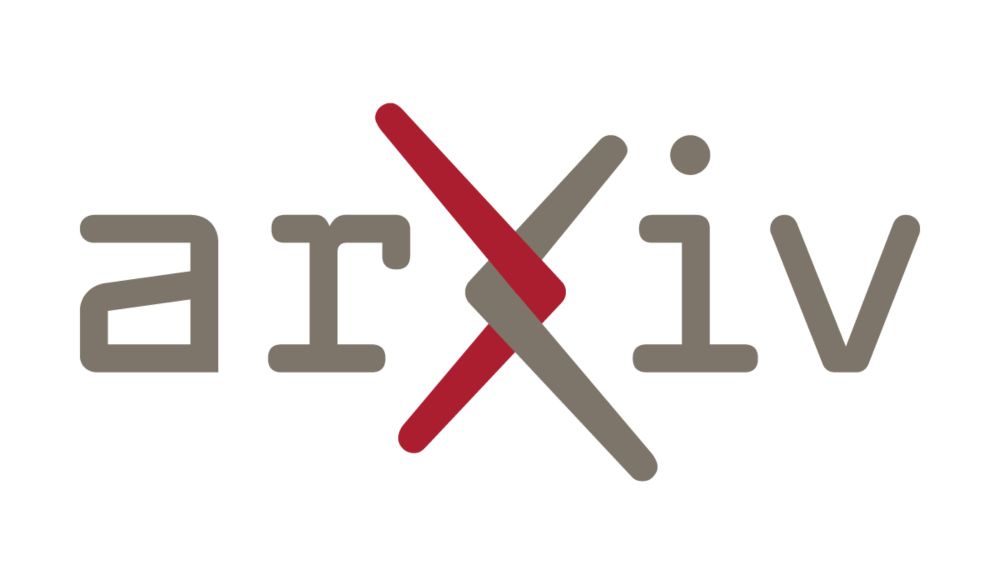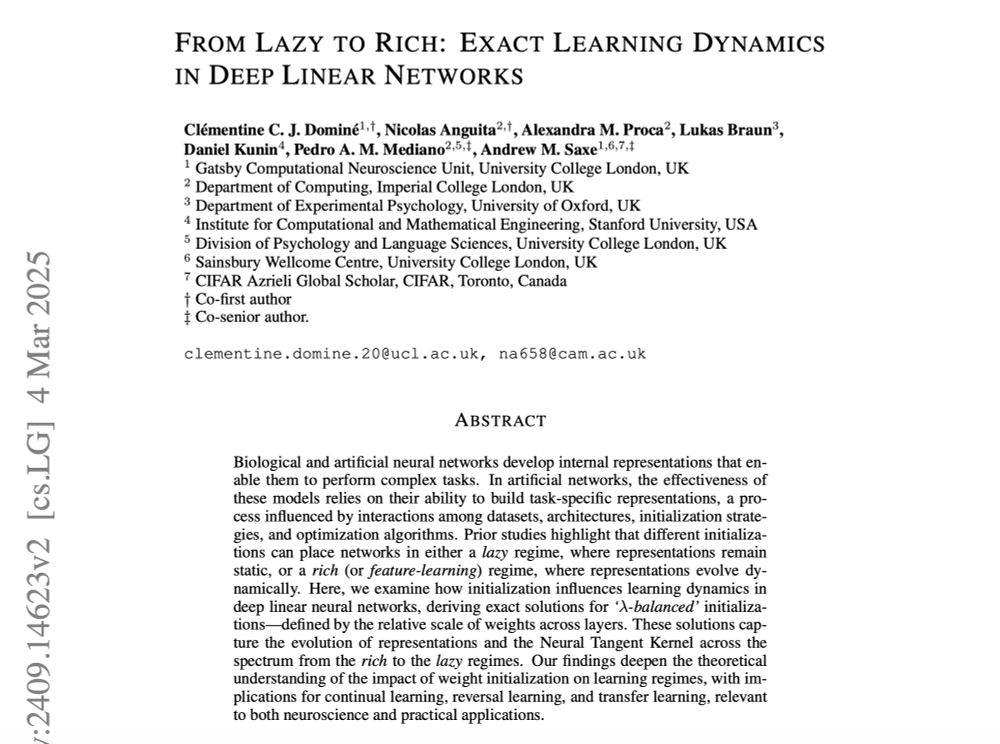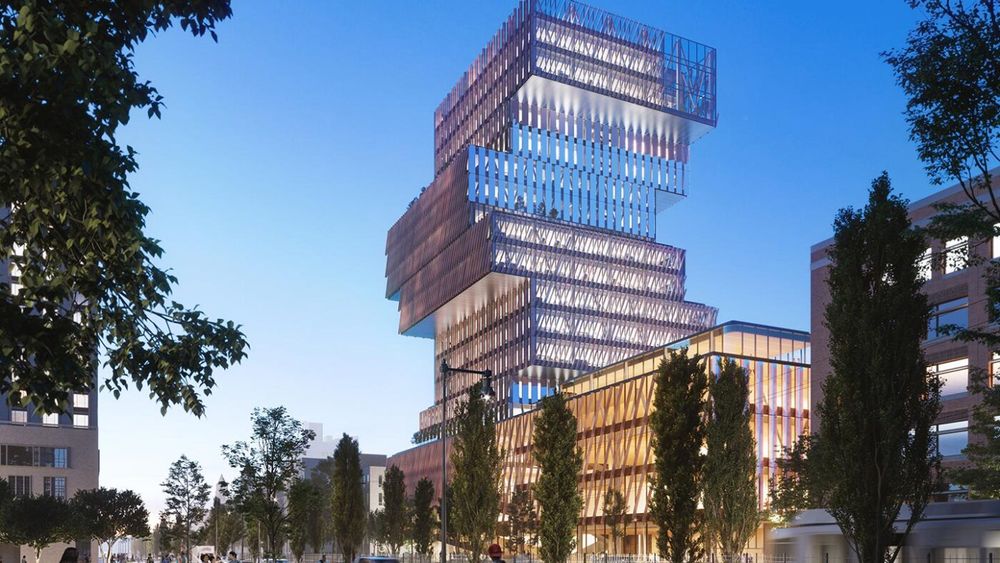Ching Fang
@chingfang.bsky.social
320 followers
260 following
21 posts
Postdoc @Harvard interested in neuro-AI and neurotheory. Previously @columbia, @ucberkeley, and @apple. 🧠🧪🤖
Posts
Media
Videos
Starter Packs
Ching Fang
@chingfang.bsky.social
· Jun 27
Ching Fang
@chingfang.bsky.social
· Jun 26
Ching Fang
@chingfang.bsky.social
· Jun 26
Ching Fang
@chingfang.bsky.social
· Jun 26

From memories to maps: Mechanisms of in context reinforcement learning in transformers
Humans and animals show remarkable learning efficiency, adapting to new environments with minimal experience. This capability is not well captured by standard reinforcement learning algorithms that re...
arxiv.org
Reposted by Ching Fang
Reposted by Ching Fang
Jenelle Feather
@jfeather.bsky.social
· Apr 2
Reposted by Ching Fang
Reposted by Ching Fang
Reposted by Ching Fang
David G. Clark
@david-g-clark.bsky.social
· Mar 26
David G. Clark
@david-g-clark.bsky.social
· Jan 29

Symmetries and Continuous Attractors in Disordered Neural Circuits
A major challenge in neuroscience is reconciling idealized theoretical models with complex, heterogeneous experimental data. We address this challenge through the lens of continuous-attractor networks...
www.biorxiv.org
Reposted by Ching Fang














